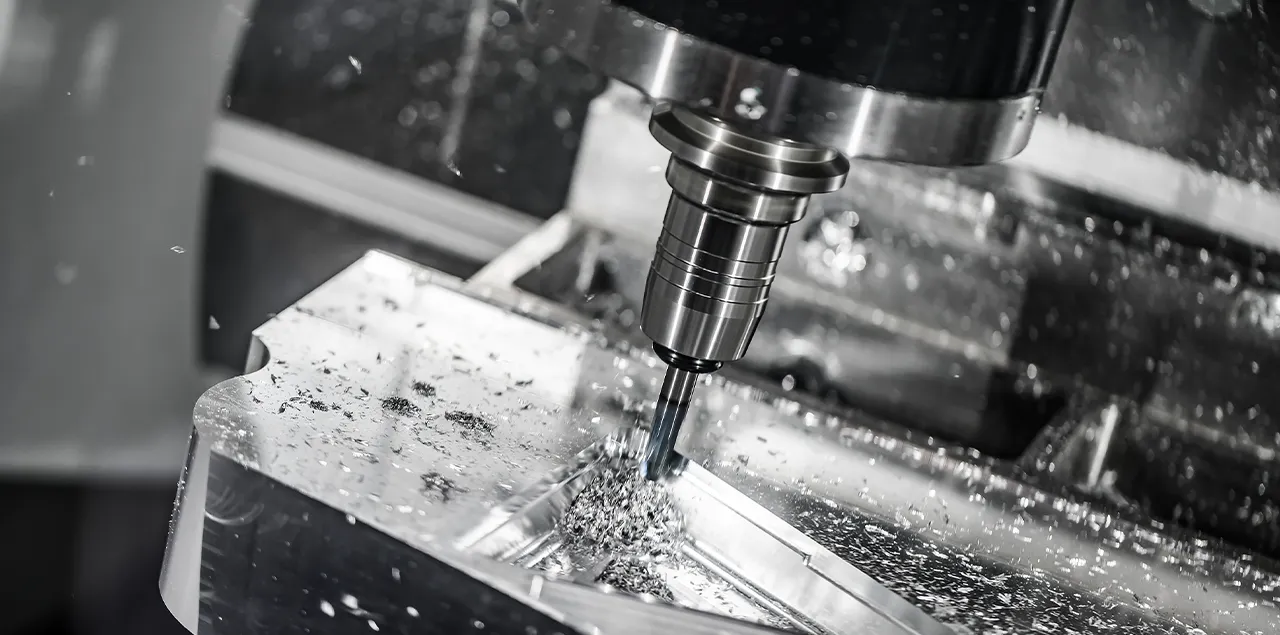Precision Casting: Engineering Excellence
The manufacturing world continues to advance through innovative metal forming techniques, with precision casting components leading this transformation. Alongside investment and precision casting, casting precision, investment casting company, and precision casting processes, these technologies enable the production of complex, high-tolerance metal parts. This article explores their industrial applications, technological benefits, and answers common technical questions.

The Quality of Precision Casting Components
Precision casting components are renowned for their dimensional accuracy and superior surface finish, making them ideal for aerospace, medical, and automotive applications. The process creates intricate geometries that would be challenging or impossible with traditional machining. Modern techniques ensure consistent metallurgical properties throughout each component, with tolerances often within ±0.005 inches. These characteristics make precision casting components particularly valuable for critical applications like turbine blades, surgical instruments, and fuel system parts where reliability is paramount.
Understanding Investment and Precision Casting
Investment and precision casting combines the lost-wax method with advanced metallurgical controls to produce near-net-shape metal parts. This approach begins with creating a precise wax pattern, which is then coated with ceramic slurry to form a mold. After dewaxing and firing, molten metal is poured into the ceramic shell, producing components with exceptional detail. The investment and precision casting process excels at manufacturing parts with thin walls, complex internal passages, and smooth surfaces that require minimal post-processing.
Achieving Casting Precision
Casting precision has reached unprecedented levels through technological advancements in mold design, material science, and process control. Computer simulations now optimize gating systems and solidification patterns before production begins, minimizing defects. Automated shell-building systems apply ceramic coatings with micron-level consistency, while advanced melting techniques ensure optimal metal purity and temperature control. These innovations allow modern foundries to maintain casting precision across production runs, even for the most demanding applications.
Capabilities of an Investment Casting Company
A modern investment casting company integrates multiple disciplines to deliver comprehensive manufacturing solutions. Beyond traditional casting, these specialists often provide design assistance, rapid prototyping, and full metallurgical testing services. Leading operations maintain certifications like NADCAP and ISO 9001, demonstrating their commitment to quality systems. The most advanced investment casting company facilities now incorporate digital thread technology, tracking each component from initial design through final inspection for complete traceability.
FAQs About Precision Casting Technologies
What materials can be used to produce precision casting components?
Precision casting components are manufactured from an extensive range of alloys to meet diverse application requirements. More exotic materials like cobalt-chrome and beryllium copper are used for specialized applications in aerospace and medical fields. Each material requires specific precision casting processes to achieve optimal results, with careful control of melting parameters, mold temperatures, and cooling rates to ensure proper metallurgical structure and mechanical performance.
How does investment and precision casting compare to other manufacturing methods?
Investment and precision casting offers distinct advantages over alternative manufacturing approaches like machining or forging. The process creates near-net-shape components with complex geometries that would require multiple machining operations or be impossible to produce otherwise. Compared to sand casting, it delivers superior surface finishes and tighter dimensional tolerances. While initial tooling costs may be higher than some methods, investment and precision casting becomes cost-effective for medium to high production volumes by minimizing material waste and secondary operations. The technique also preserves material grain structure and mechanical properties better than processes involving significant material removal.
What quality control measures ensure casting precision in production environments?
Maintaining casting precision requires comprehensive quality systems throughout the manufacturing process. First-article inspections verify pattern and mold accuracy using coordinate measuring machines (CMM) and 3D scanning. Process controls monitor critical parameters like slurry viscosity, drying conditions, and metal pouring temperatures. Non-destructive testing methods including X-ray, fluorescent penetrant, and ultrasonic inspection detect internal and surface defects. Statistical process control tracks dimensional data across production runs, while metallurgical testing confirms mechanical properties meet specifications. Modern foundries integrate these measures with digital quality management systems that provide real-time monitoring and traceability for every component produced.
What capabilities should manufacturers look for in an investment casting company?
When selecting an investment casting company, manufacturers should evaluate several critical capabilities. Technical expertise should cover the full range of required materials and component sizes, with demonstrated experience in similar applications. The facility should maintain appropriate certifications for the target industry . Advanced precision casting processes like vacuum pouring, directional solidification, or single-crystal casting may be necessary for specialized applications. Equally important are secondary capabilities like heat treatment, machining, and surface finishing that can provide complete manufacturing solutions. Design support services including simulation and prototyping assistance can significantly reduce development time and improve final product quality.
How are modern precision casting processes addressing sustainability concerns?
Contemporary precision casting processes incorporate multiple innovations to reduce environmental impact while maintaining quality standards. Wax recycling systems recover and reuse pattern material, while ceramic shell reclamation processes minimize waste. Advanced furnace designs improve energy efficiency during metal melting, and optimized gating systems reduce pour weights. Some foundries now use bio-based pattern materials and biodegradable shell components. Digital simulation tools minimize trial-and-error in process development, reducing material consumption during qualification. These sustainable precision casting processes not only address environmental concerns but often provide cost savings through reduced material usage and energy consumption, creating both ecological and economic benefits.
This examination demonstrates how precision casting components, investment and precision casting, casting precision, investment casting company, and precision casting processes collectively advance manufacturing capabilities. These technologies enable the production of high-performance metal parts that meet the exacting demands of modern industries while incorporating sustainable practices and digital innovations.
-
Why Choose OEM Spark Plugs for Optimal Engine PerformanceNewsJul.16,2025
-
Unlock the Power of Die CastingNewsJul.16,2025
-
The Power of Sand Casting for Your Manufacturing NeedsNewsJul.16,2025
-
The Excellence of Precision CastingsNewsJul.16,2025
-
Maximize Efficiency with High-Quality Stamping PartsNewsJul.16,2025
-
Enhance Your Manufacturing with Aluminium Die CastingsNewsJul.16,2025















